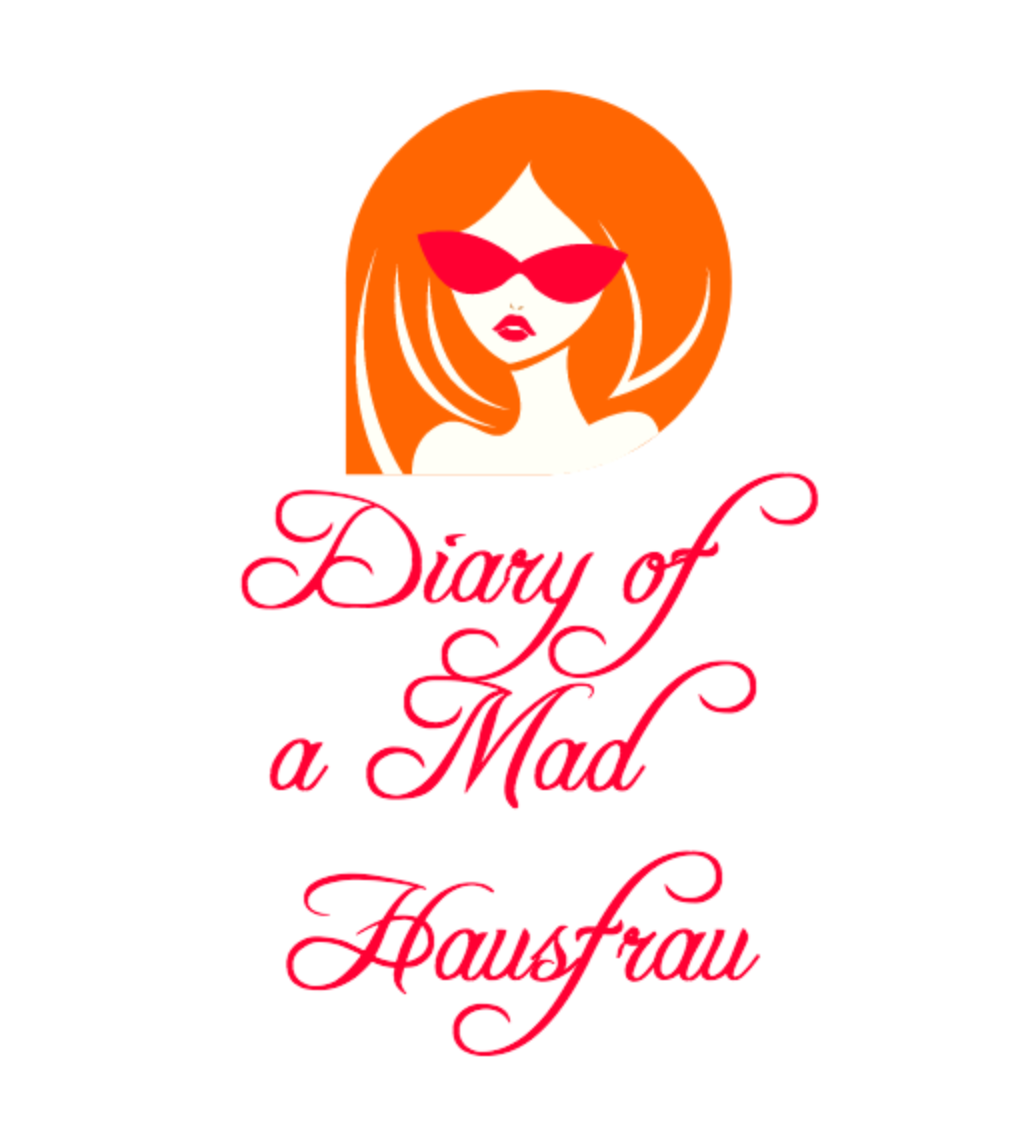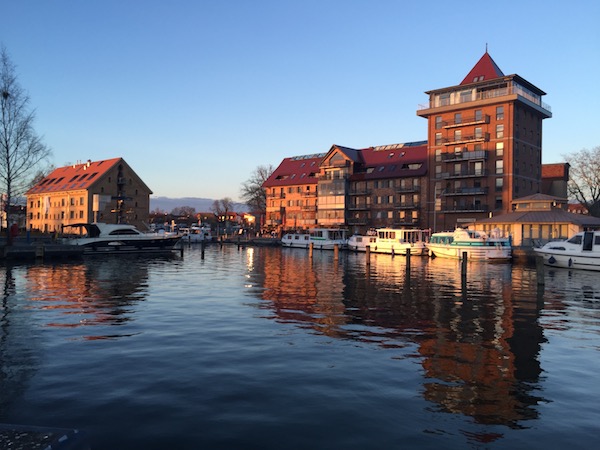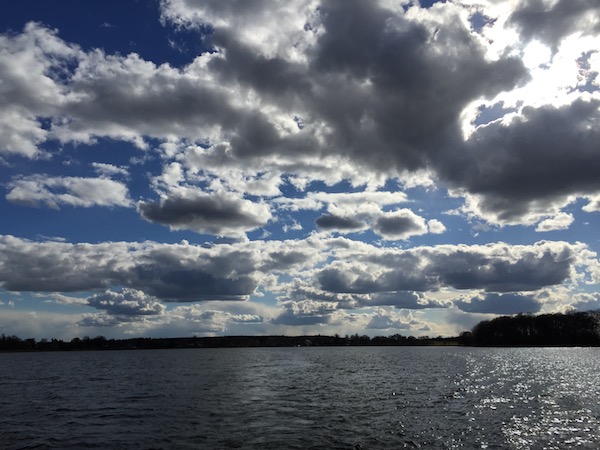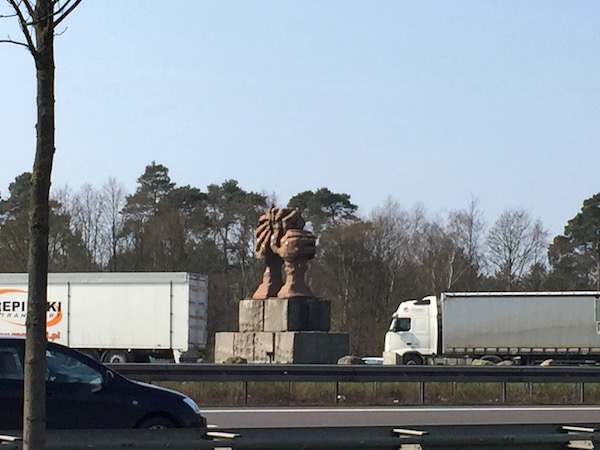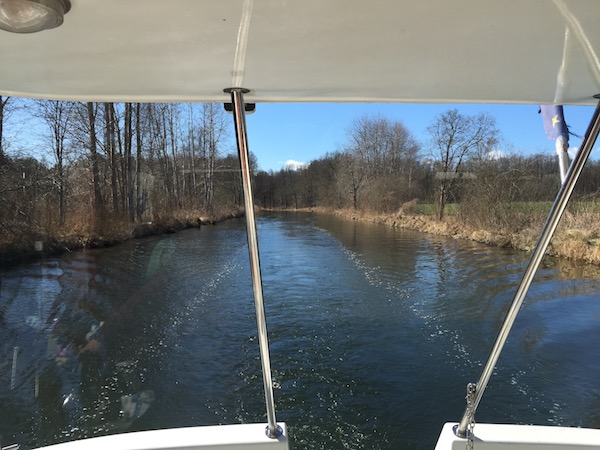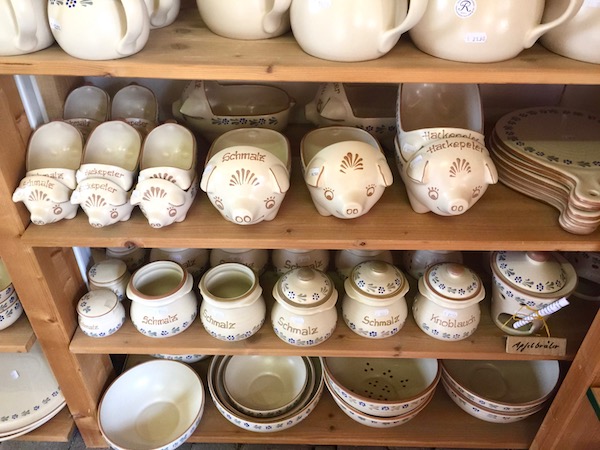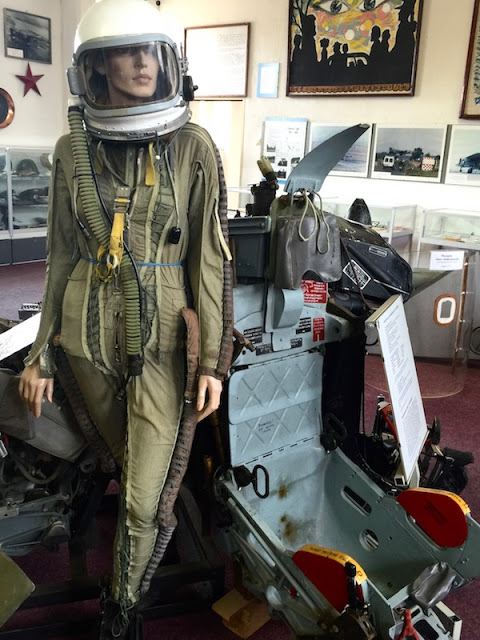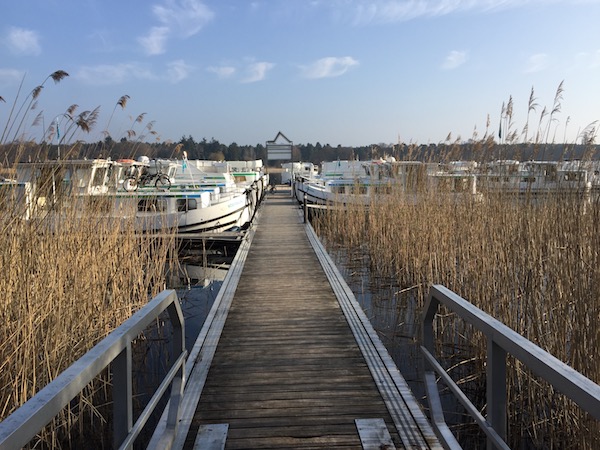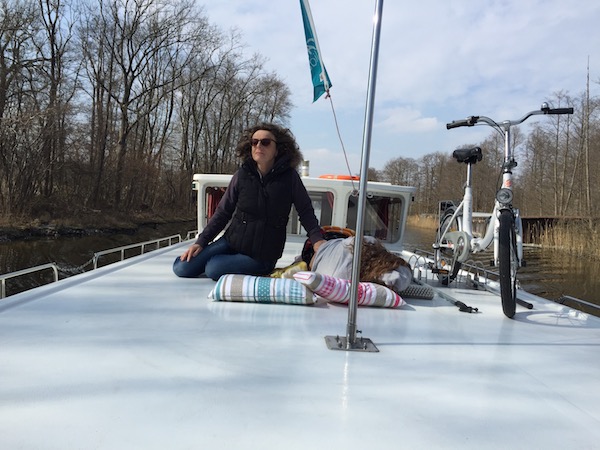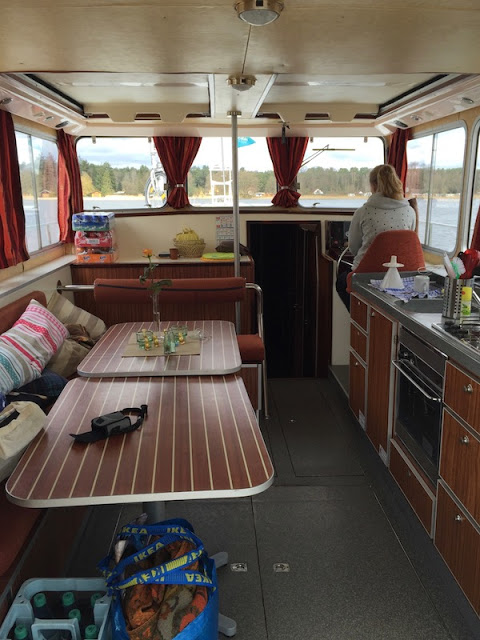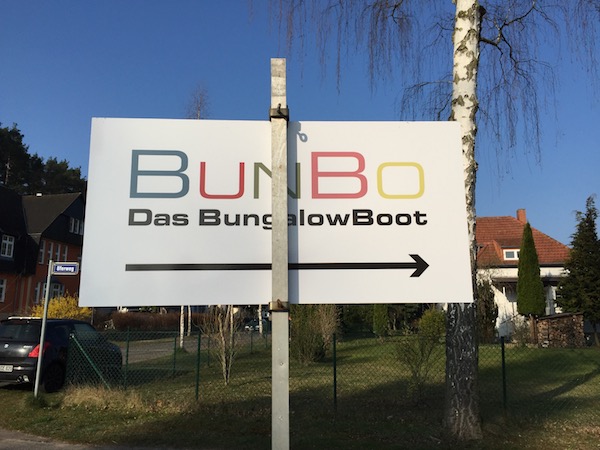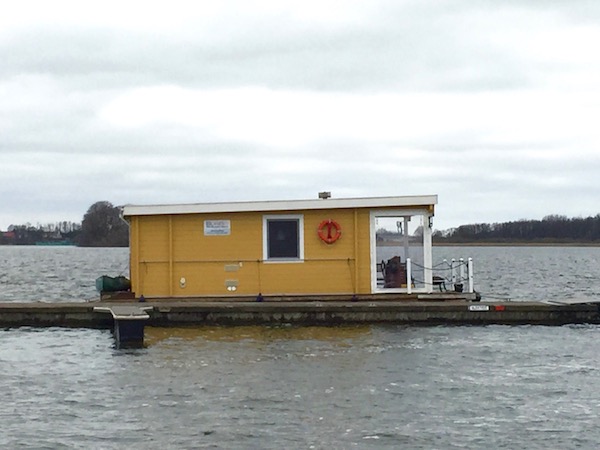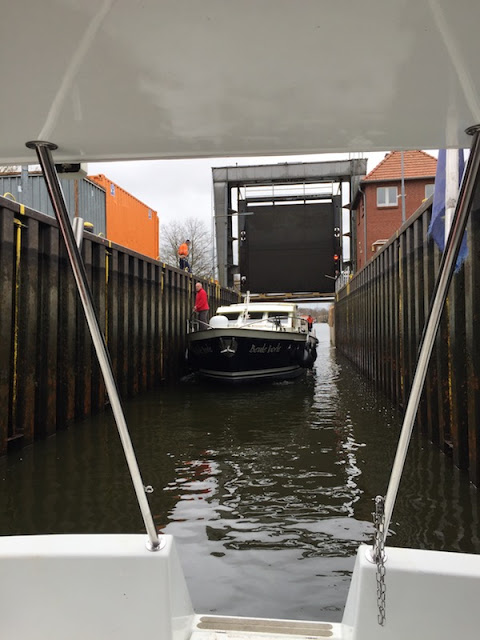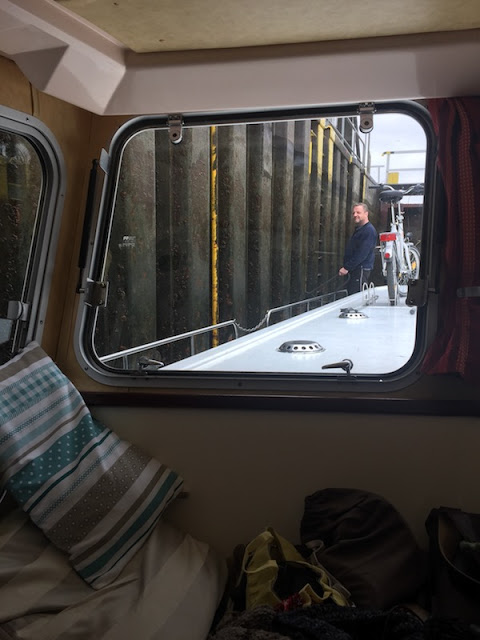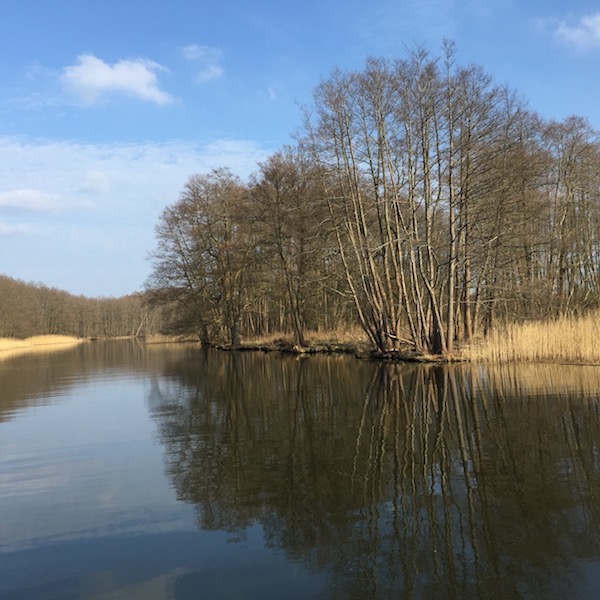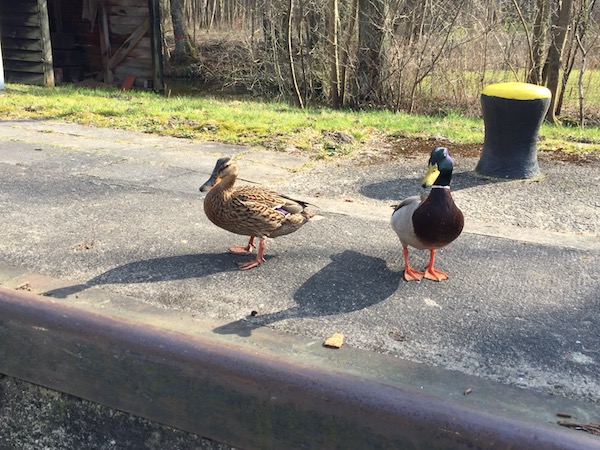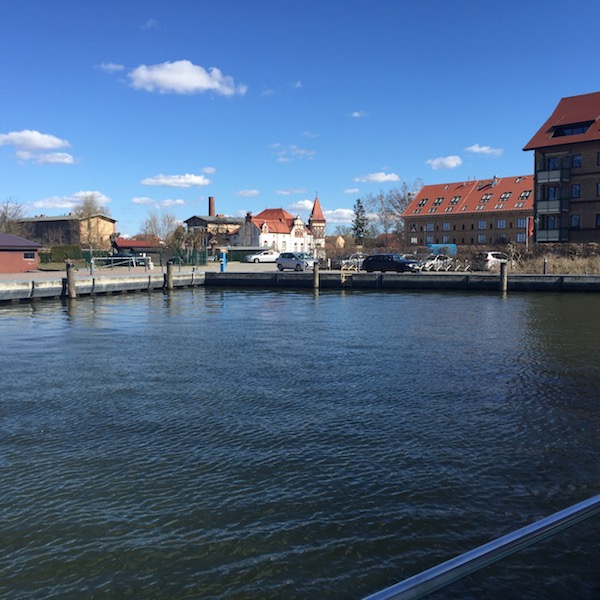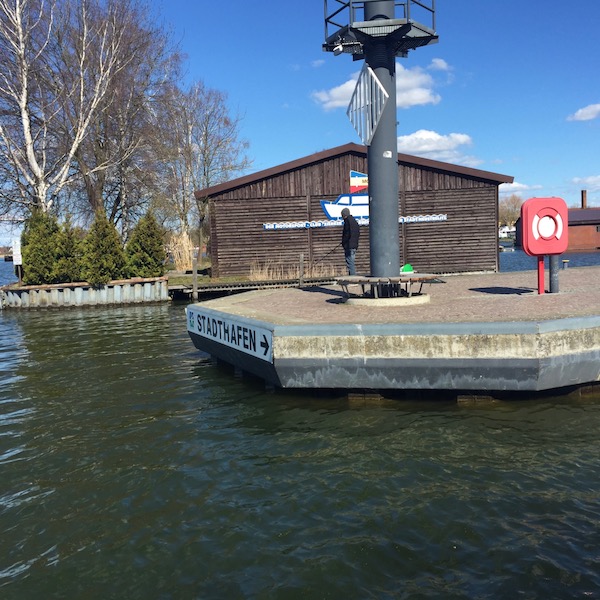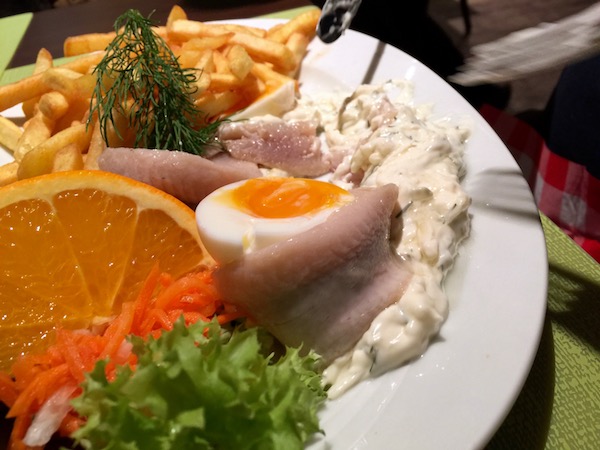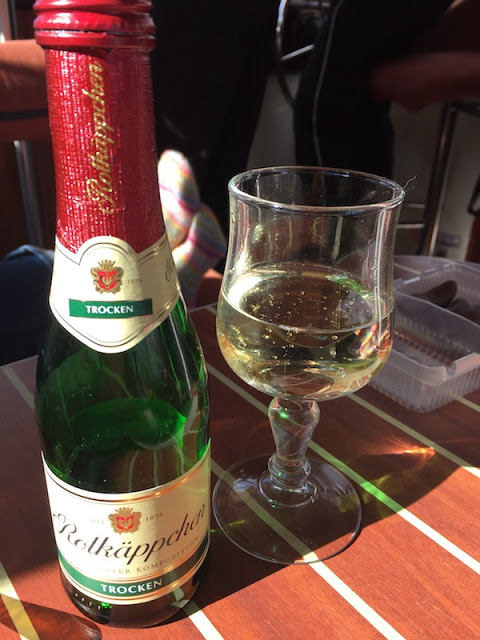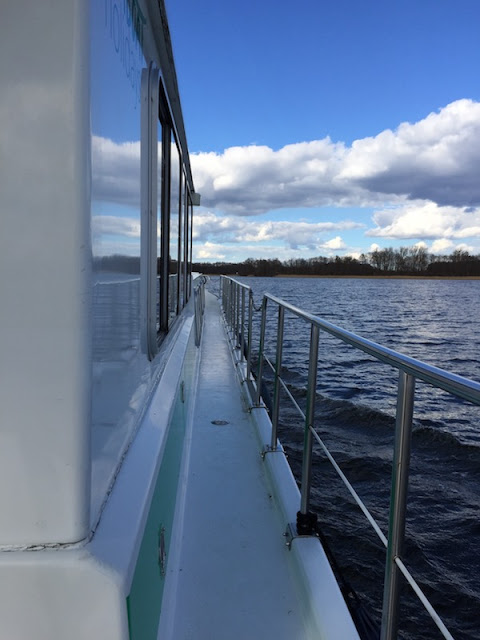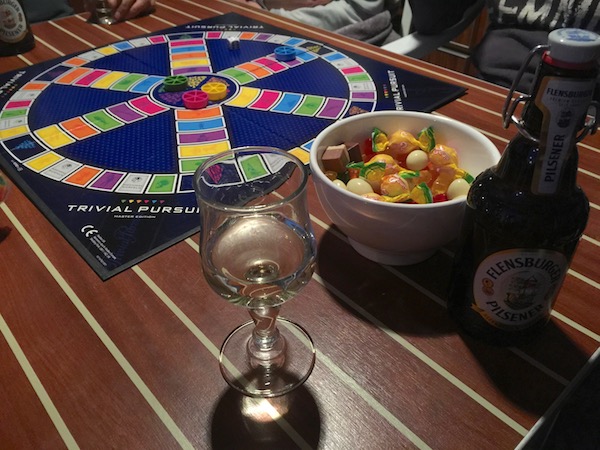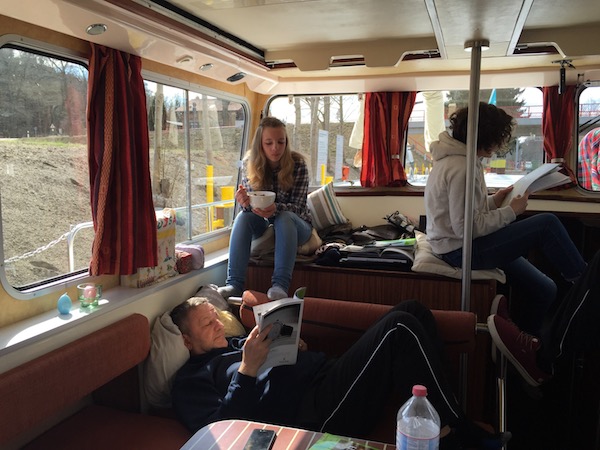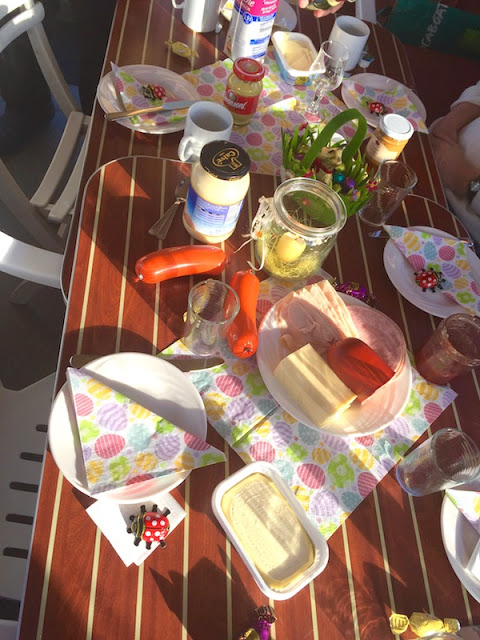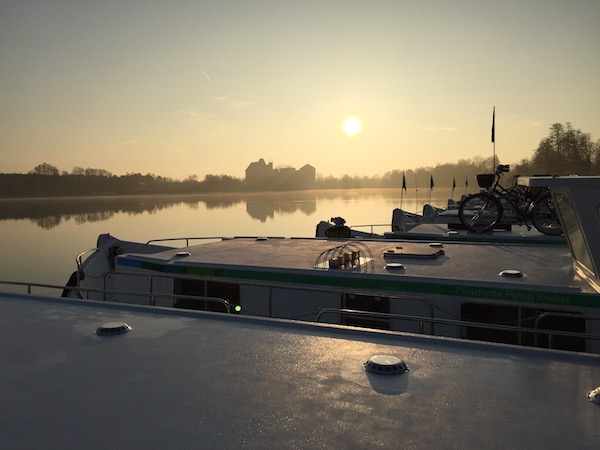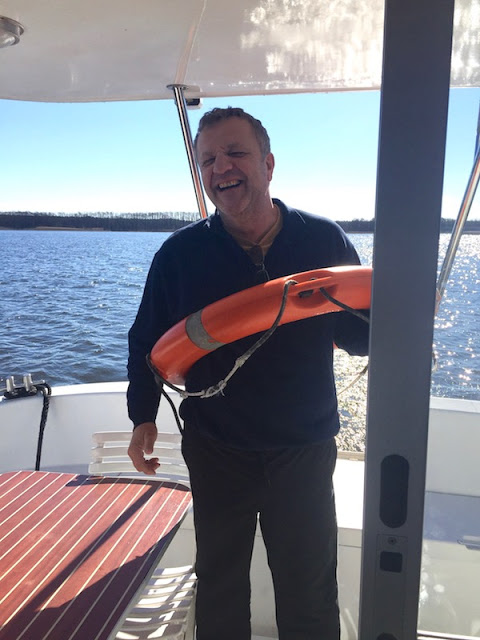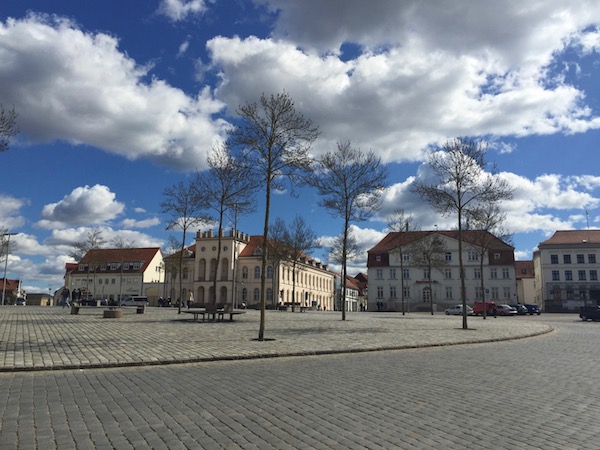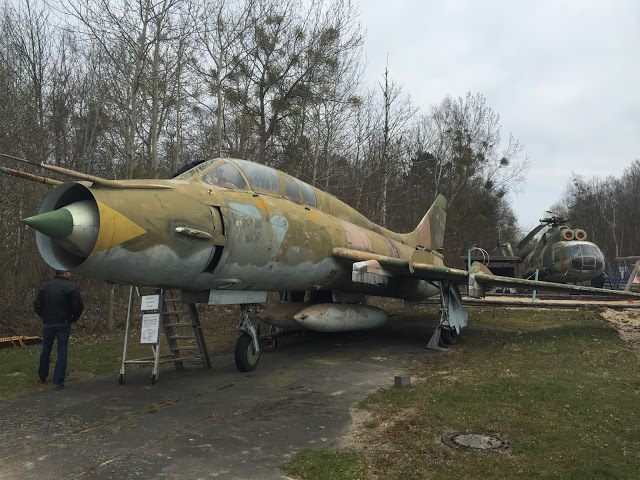My husband’s nieces and nephew are all teenagers now and I suppose as everyone grows up and forms their own lives, the Easter vacations we can spend with them will become nonexistent in a few years.
Two years ago we joined them and their parents at Easter time on a houseboat adventure for a week in the Northeast (former East- deep in the DDR) part of Germany to explore the Mecklenburg Seenplatten (Lake District). I’m finally getting around to posting about this unusual travel destination. Four adults, three teens and lots of Red Cap Prosecco.
The area, also known as “The Land of a Thousand Lakes”, is the largest interconnected canal and lake region in Germany.
There are several nature parks to explore and unique flora and fauna to observe including a monkey park and bear preserve.
The area also offers visits to magnificent Prussian castles, a vast pottery factory, a fascinating German aviation museum and numerous charming cities and villages to explore.
Our family lives in the most western part of Germany. You could practically throw a stone over the border to Holland. Belgium is also a short ride away. The first day of vacation, we were up at 4:30 AM for a 5:00 AM departure, piling into the family van for the seven-hour trip across the country.
We made excellent time, due to the extraordinary Formula 1-like driving skills of my brother in law and the speed free sections of the autobahn.
Our early arrival at the boat basin was lucky. We were right away able to register and settle into our boat just before a long line of other vacationers formed.
After boarding, it was time for a boat briefing. A representative from the Locaboat company took us through how everything on the boat functioned and safety information.
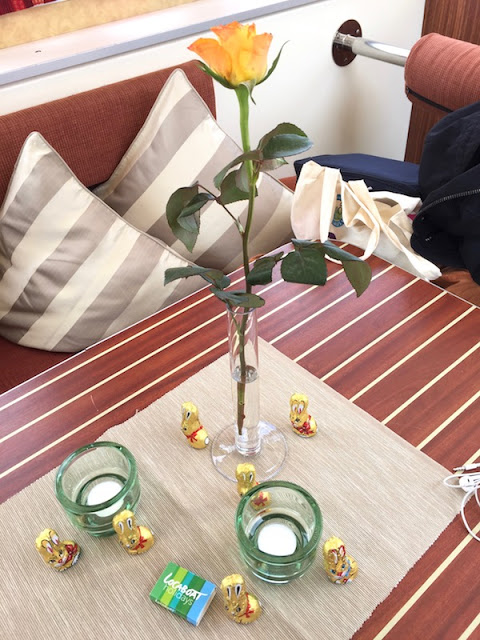 |
| Easter Treats from Locaboat |
My sister-in-law, our self-appointed captain for the trip signed the papers, unpacked her marked up, detailed map and we shoved off.
Our boat, The Potsdam, was 15 meters long (45 feet) with four double cabins, two toilets and two showers.
We also had a sun deck on the back of the boat as well as a large one on the top and front of the boat.
The communal space featured a lounge and kitchen.
The boat also came with one bike. There is the option to order more bikes from the company for the trip. We only needed one for the morning brötchen (bread roll) run.
We found an Easter tree to decorate and mount on the front of the boat for a festive touch.
There are many other types of watercraft to rent. Our favorite was the Bunbo, a cross between a bungalow and a boat.
They looked cozy tucked in around the docks and marinas but quite strange and almost humorous when they motored by us on the open water.
Cartoon-like theme music popped into my head every time one went by.
This vacation destination is all about the locks when it comes to logistics. The Mecklenburg lake district is a series of interlocking waterways and canals (75 miles of waterways with 17 locks.) The area is well mapped out and joined by a series of locks.
Once you reach a lock, you line up behind the other boats and wait for the signal, sometimes a green light, sometimes the Lock Master comes out and waves you on in person.
Once in the lock, steel doors seal the boats off into their own compartment and the water in the compartment is raised or lowered to become even with the water level the direction you are traveling in.
Luckily, we were vacationing very early in the season. The maximum wait time, if any for a position in a lock was 15 minutes. During the high summer season, the wait can be up to 4-5 hours. This obviously adds a lot of time to a trip and makes it more difficult for vacationers to explore larger parts of the territory. I highly recommend exploring this area off-season.
The locks open at 8 am and close at 6:30 PM with a midday break at 12-12:30 PM. This discourages people from long range boating at night and ends the possibility of getting through the lock at the crack of dawn. This is one of the most important factors vacationers need to take into consideration when planning this trip.
Because we had less wait time, we were able to cover more of the area. Although I’ve read several places, one could spend an entire summer traveling the area and still not cover it all.
Once lined up, a sideshow appears on the land alongside your boat. Very canny ducks have discovered and mastered the art of entertaining the vacationers waiting for a place in the locks, preening and begging for bread scraps.
Throughout the district, there are a series of marinas where, for a small cost (around $50 euro), you can tie your boat up overnight and have access to their amenities.
Most of these marinas offer gas, electricity, water, etc, just like an RV park. They are also, in most cases, nicely appointed with clean showers and bathroom facilities.
Most of these marinas are walking distance to the center of the villages and towns. So even though you have the option to carry bicycles with you on the boat, it’s easy to explore everything on foot.
Every morning, the bread bike was dispatched (commandeered by my nephew) to seek out a local bakery where he purchased fresh rolls and pastries for breakfast.
The area is known for its organic food. Fish that come from the area (50 different varieties) are a specialty as well as locally grown fruits and vegetables.
The restaurants in the area serve up both creative and simple fare all based around local ingredients.
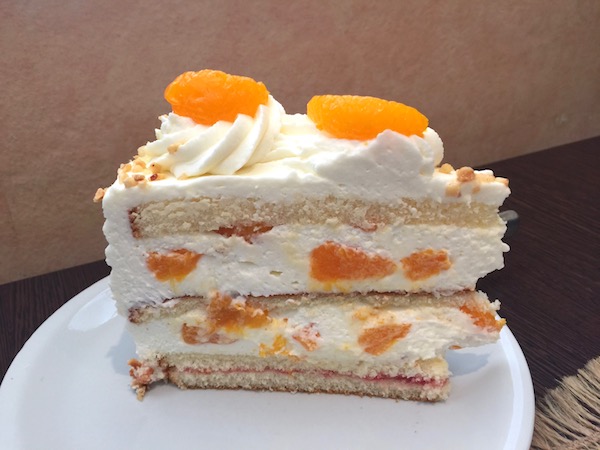 |
| Mandarin Orange Cake |
And of course, there is no shortage of German baked goods to consume at the traditional afternoon coffee and cake time.
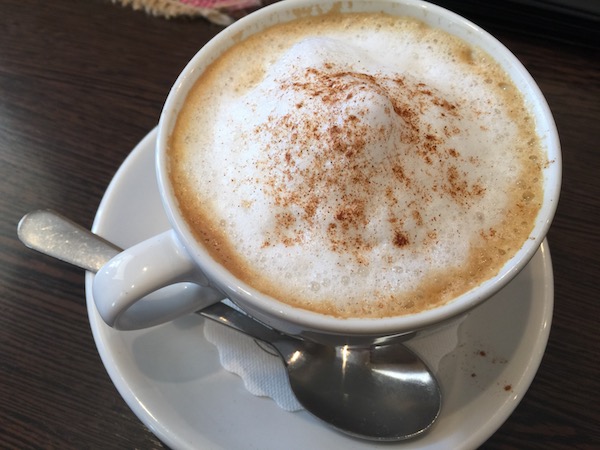 |
| Milch Cafe – My favorite |
Check out this gorgeous gooseberry cake.
For the most part, the teens drove the boat while my sister-in-law planned our route.
I was seriously impressed with how my 16-year-old nephew maneuvered the Potsdam in and out of the locks and marinas, while I handled the very important jobs of washing the dishes and sipping prosecco.
Named for its bottle cap color, Red Cap (Rotkäppchen) prosecco has an interesting history. The company was founded in 1856 in Freyburg, Kaiser Wilheim II and communist leaders were said to be fans. Red Cap is one of very few brands from the former east to spread to the west. So when in Rome….
We spent our days cruising the lakes and exploring the towns and villages and our nights engaged in serious trivial pursuit tournaments.
In between destinations, we relaxed on the boat and mostly read books.
Easter Sunday was celebrated on the boat with a lovely German-style Easter breakfast.
Holiday treats were consumed and we all exchanged small gifts.
On this trip, every day was a new adventure and every evening a beautiful sunset watch from our cozy boat.
Next up in this series of three posts on my houseboat trip to the Mecklenburg Lakeland:
Part 2: A tour of our stops in the villages and cities of the Mecklenburg district. We visited Reinsberg, Mirow, Müritz, and Rechlin.
Each had their own charm and specific attractions, including the aforementioned pottery factory and fascinating German aviation museum, complete with vintage aircraft and boats.
Part 3: The Royal Treatment: The Mecklenburger Seenplatten was the seat of Prussian kings for centuries. The area’s baroque palaces have all been or are in the process of being restored to become tourist attractions and centers for the arts and music.
The royal history is as dramatic and fascinating as the East German DDR history that followed. You can find shreds of these layers of historical importance everywhere. I visited the following castles….. and will post about that in my third and final post about our wonderful trip to this European jewel of an area.
